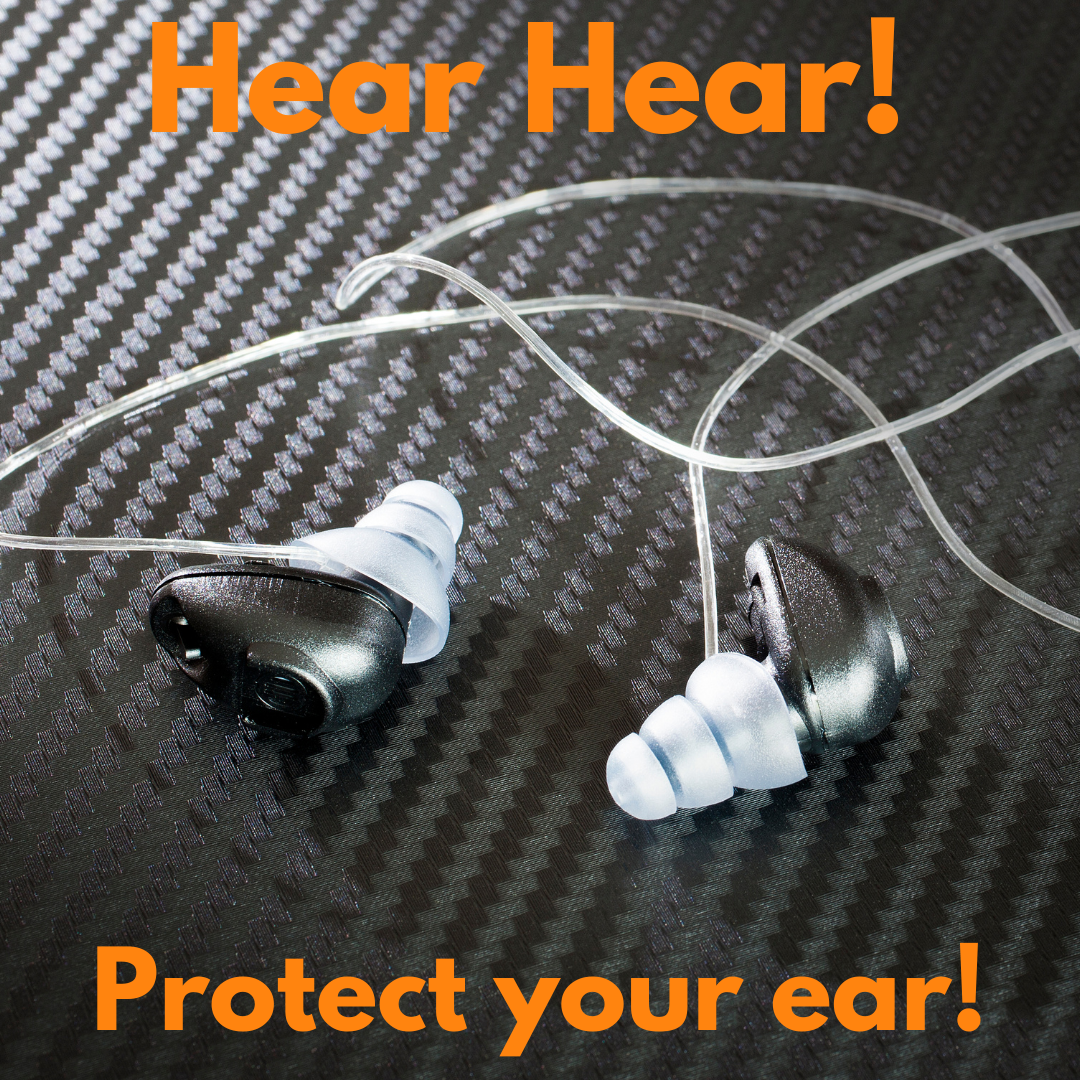We are getting all Shakespearean here but it is indeed that deep (ha!) of a question:
To Fill or not to Fill?
- Whether ‘tis nobler in the mind to be content always staying in the background
- or to take arms and make a fitting statement?
- Whether it’s worth the risk of getting chastised (or fired) for overplaying
- or to do what feels right to enhance the song?
- Whether you feel the need to prove yourself, show off a bit and impress
- or to add a bit of spice to the groove that shines but doesn’t interfere?
- Whether to play almost as busy as the soloist, creating a flurry of intertwined lines that make the listeners’ heads spin
- or to do just enough to make the soloist shine and sound even better?
- or to play a fill responding to the soloist to show that you are actively listening and the music becomes a conversation, not a “star-vs-background” battle?
- Whether it’s more musical to repeat the groove exactly or
- do some targeted micro fills to delineate the form?

Want an easy, one-size-fits-all answer to the above?
Sorry, Hamlet. Just like in your quandary, it is more complicated than one simple answer.
All that will depend on style, setting, the band
leader, what you’re asked to do (and asked not to do).
However, there are some guidelines to help you
- Always be aware of the melody. Don’t step on the melody – aim to enhance it!
- Be aware of other musician’s fills. Don’t crowd the space.
- If you want to respond to a soloist or fill from another musician, offer eye contact. If they don’t start playing with you and responding to what you offered in return, tread carefully.
- Watch your range: fills in higher ranges can be super cool, but make sure the bottom does not drop out at the wrong moment. Also: higher range fills will stick out more.
- Slides are cool, but don’t overdo them (often less is more).
- Slaps and pops are cool but see my caution on “slides”.
- A good rule of thumb (pun intended) is to place your fills such that they lead into new sections: at the end of the verse going into the bridge, for example, or every eighth or fourth bar. Think of your fills as punctuation marks of the form.
And this is always true:
Your fills have to be in time. Do not, under any circumstances, interrupt the groove! It is easy to get excited during fills leading to this:
- rushing!
- biting off too much and dragging!
- playing louder (too loud)!
- playing choppy or losing the phrasing in other ways!
And you know what happens then? Your bandmates turn around and complain: play less!
…. which is not a nice thing to hear.
Clearly, if this happens, your fills are drawing too much attention to themselves for all the wrong reasons (you could make a good argument that they should never draw attention as they are just “fills”).
So, yeah, if you “play less” it will “fix” it for the moment. But too many a good musical idea got disregarded (and hopeful and good bassists discouraged!) only because a potentially good idea was executed poorly!!
Now, don’t get me wrong, some fills are indeed ill-placed or “too busy”. But any fill played with bad timing, uneven dynamics or sloppy feel points to a specific problem…
How to fix these problems?
If your fills are suffering from uneven tone, bad phrasing, and choppy notes…
- Remedy: Technique exercises! Check your habits! Do PORA. Music Theory for the Bass Player – The Course – helps you with all the common technique problems that lead to poor coordination and sloppy tone.
If your fills are suffering from bad timing, losing the groove, dragging or rushing…
- Remedy: Do lots of “Groove and Fill” exercises – in the course, we guide you in creating a rhythm for the fill and keeping that consistent. We also suggest tonal material for you to use. If you know what you are doing before you do it, it will sound much more solid.
If your fills sound like you are “chasing” the idea… You likely aren’t quite sure where you will end up before you began, so your fingers are just a split second behind your mind rather than your mind being way ahead of the fills allowing you to relax into the flow of the music!
- Remedy: train yourself to think ahead! (Our Music Theory Course offers popular Call and Response Exercises that will train you to “pre-hear” what you will play, in time)
- Remedy: train yourself to know the fretboard and grasp music theory! In the Course, we do “note-finder exercises” with all 35 notes (yes really, check out this link) and address everything a bassist needs to know to create cool bass lines and fills using pentatonics, chords, scalar and chromatic lines, hip double stops and much more.
Lastly, well-placed and well-played fills are part of an overall great groove. If your lines feel awesome, your fills likely feel awesome, too. And with that, the groove spreads to your bandmates and the audience. Trying to “impress” with an amazing fill but neglecting the meat of the groove will not garner points in the band. Make the fill an extension of your skill. You will also always fill the dance floor! Listen closely to your bass heroes and you will understand exactly what I mean. While they have their shining moments with dazzling fills, they are also rock sold providing a consistent foundation and grove throughout the rest of the tune.
Check out our Course, Music Theory for the Bass Player – the above-referenced Course and uncover your hidden potential:









2 Replies to “To Fill or not to Fill?”
Good points. I tend to do less and simpler fills because I’m the least experienced musician in my band.
Now I start to do some simple fills within the context (play octave in funky songs, and play diatonic approach in ballad style songs).
Good to know there R so many good contents that may help in the course, I will find time to learn it.
Great article. It’s all about knowing what your spot on the gig is. At a country gig last week , it was keep it simple and grooving.
With my other band (world beat/funk)the saxophonist drew me into a call and response solo with him ( after I played a funky fill)on what was supposed to be his solo spot on a breakdown. And it worked just as well as my simpler approach earlier on the country gig.